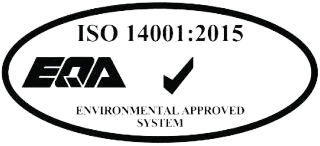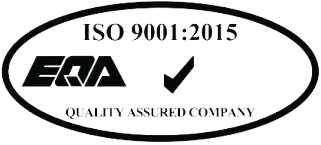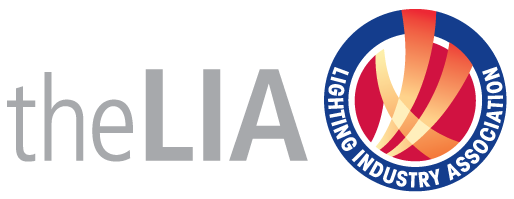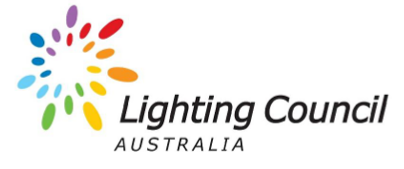As a manufacturer of LED lights, we have always believed in our ability to reduce emissions and produce cutting edge energy efficient products to contribute to the ongoing fight against climate change. While ROBUS has always looked at how we can reduce our footprint and become as sustainable as possible, (with moves such as moving to a paperless office). In 2021, we decided to make this a priority, and a ROBUS Environmental & Social Governance (ESG) team was formed with a view to review and continually improve ethics and sustainability within the business.
Carbon Footprint Calculation
At the outset of 2022, the ESG team set a large goal of calculating our carbon footprint with the aim of becoming carbon neutral. With the introduction of a hybrid/hybrid-electric fleet of sales vehicles across 2022, we knew we had future emissions reductions, which took us to calculating and offsetting our Carbon Footprint for the previous year. To do this, we based our process on PAS 2060, and began by splitting our emissions into 3 scopes:
- Scope 1: Direct emissions from owned or controlled sources
- Scope 2: Indirect emissions from the generation of purchased energy.
- Scope 3: Indirect emissions (not included in scope 2) that occur in the value chain.
Thanks to buy in by the ROBUS board, and an environmental considerate culture within the business, we had amazing responses from all departments when the ESG team reached out to find emissions in these 3 scopes. Warehouse were able to provide many Scope 1 emissions from Office stats and sales fleet surveys, For scope 2, data was gathered from our energy providers to our global offices, and Scope 3 was looked at through an employee survey for office staff across all locations, waste management partners, and logistics partners.
Once we had compiled these numbers, the ESG team met with the aim of finding the best way to calculate the C02e emissions as required by PAS 2060. Once these were decided a justification for each calculation was drawn up. This allowed the ESG team to come together with the footprint from each Scope and calculate our total footprint which was 1,594.36CO2e TTW.
Offsetting:
Once we had our total carbon footprint, the next step was to make sure we offset it. There are several factors to consider when choosing an offset project. Both the type of project itself and location may come into consideration, there are a number of platforms available to purchase credits from, cost and impact, etc. To avoid “greenwashing”, and prove validity and additionality of offset projects, PAS 2060 requires offset projects to be independently verified. The ESG team looked at various platforms with verified carbon projects, and after many meetings settled on the UN carbon offset platform, due to their high standing, and diversity of projects. For our offsets, we chose to support three independent Hydro Power Plant Schemes. Once we had paid for the project to go ahead and received our certificates, ROBUS were officially carbon neutral, in line with the self-validation clause of PAS 2060.
Our keys to carbon neutrality
- Board & employee buy-in
- Carbon reduction strategy and target
- Interrogate supply chain and partners
- Detail everything! Take down how and why you calculated each step.
- Partner with a verified carbon offsetting scheme
- Publish your findings!



